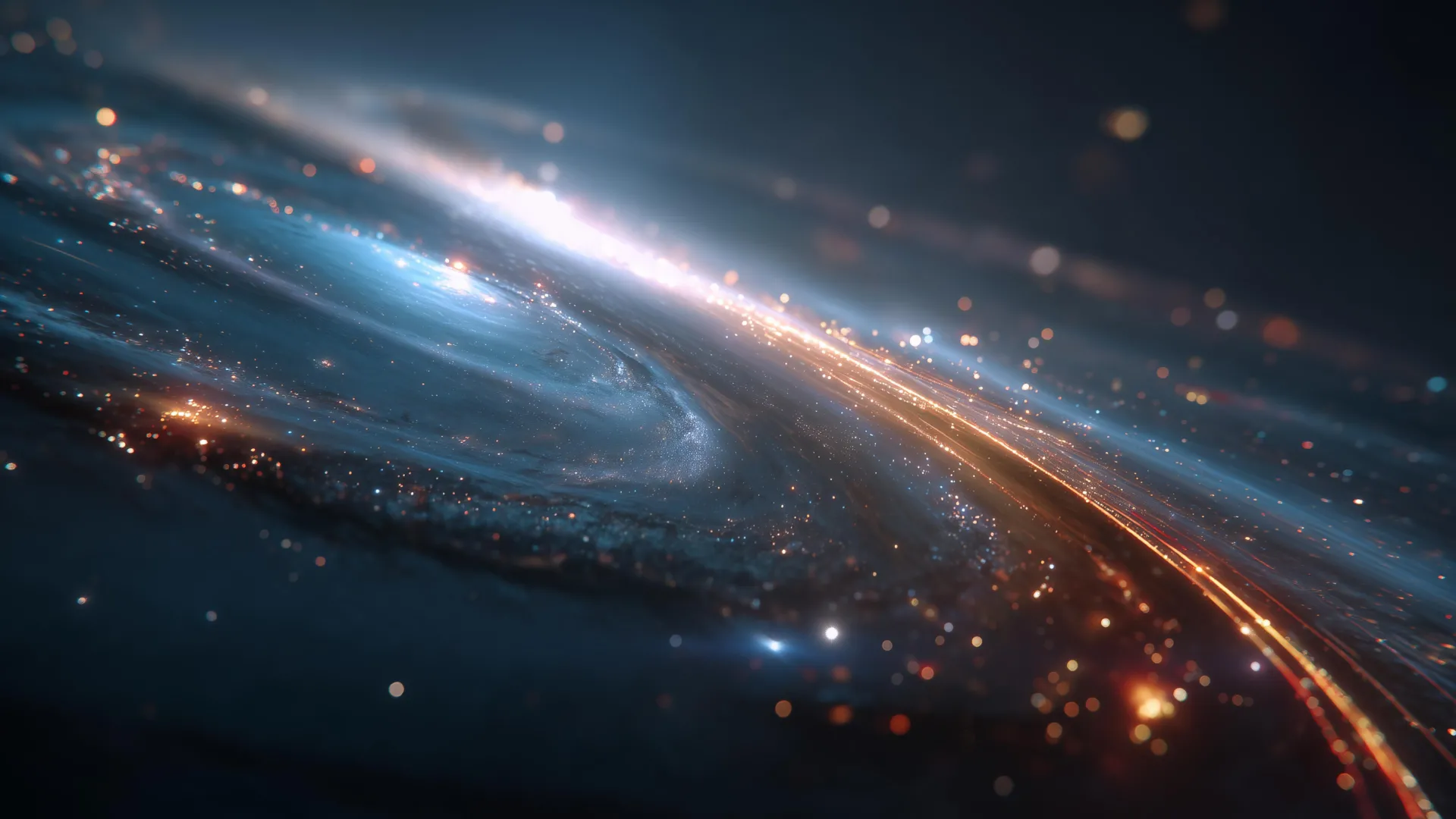A team of Japanese physicists has brought new life to a hypothesis originally proposed by Lord Kelvin in 1867. Their study suggests that the concept of “cosmic knots,” once dismissed, could hold the answer to a fundamental question in cosmology: why does the universe contain matter but not antimatter?
In their research, the team from Hiroshima University posits that these topologically stable knots in spacetime may have formed in the early universe, leading to a preference for matter over antimatter. This new framework could explain the long-standing mystery surrounding matter-antimatter asymmetry—a discrepancy that has puzzled scientists since the inception of the Big Bang theory.
The Mystery of Matter and Antimatter
Theoretical physics suggests that the Big Bang should have produced equal amounts of matter and antimatter. Each particle should have annihilated its counterpart, leaving behind only radiation. Yet, observations indicate a significant imbalance: for every billion matter-antimatter pairs, only one matter particle survives. This imbalance is crucial, as it forms the basis of all visible structures in the universe, from atoms to galaxies.
Despite its success in explaining fundamental particles, the Standard Model of particle physics fails to account for this discrepancy, known as baryogenesis. In a recent statement, corresponding author Muneto Nitta emphasized the importance of addressing this question, stating, “This study addresses one of the most fundamental mysteries in physics: why our universe is made of matter and not antimatter.” He added that this issue is central to understanding the existence of stars, galaxies, and human beings.
Proposing a New Solution
Nitta and his colleagues believe they have identified a potential mechanism for the matter-antimatter discrepancy by combining two key symmetries: the Baryon Number Minus Lepton Number (B-L) symmetry and the Peccei–Quinn (PQ) symmetry. Their findings suggest that cosmic knots could naturally arise in the universe’s infancy, creating a surplus of matter.
The PQ symmetry is significant as it addresses the strong CP problem and introduces axions, which are considered leading candidates for dark matter. The B-L symmetry, on the other hand, helps explain the behavior of neutrinos—often termed “ghost particles”—which are known to pass through matter largely undetected.
The research indicates that as the universe cooled, phase transitions may have produced defects known as cosmic strings. These hypothetical structures could still exist, acting as remnants from the early universe. The study detailed how the interaction of B-L strings and PQ vortices might give rise to stable knot solitons.
Ultimately, these knots decay through quantum tunneling, resulting in the production of heavy right-handed neutrinos. This process generates more matter than antimatter, aligning with the observations of our universe today. The calculations suggest that the decay of these knots raises the universe’s temperature to approximately 100 GeV, a threshold critical for the formation of lasting matter.
The implications of this study extend beyond theoretical physics. The researchers believe that the emergence of these cosmic knots may have also altered the universe’s “gravitational wave chorus,” potentially shifting it toward higher frequencies. Future gravitational wave observatories, such as the Laser Interferometer Space Antenna (LISA) in Europe, Cosmic Explorer in the United States, and the Deci-hertz Interferometer Gravitational-wave Observatory (DECIGO) in Japan, might be able to detect this subtle shift, providing further evidence for their theory.
This research not only revives a historical hypothesis but also opens new avenues for addressing one of the most profound questions in modern physics. As the scientific community continues to explore the origins of the universe, the work of Nitta and his team could play a pivotal role in our understanding of why we exist in a matter-dominated universe.







